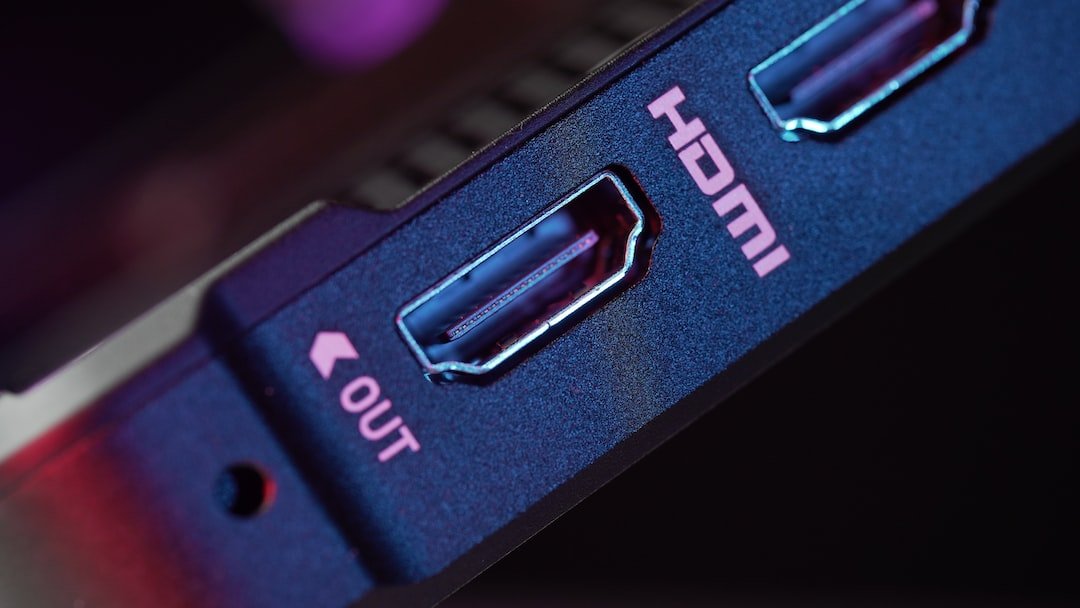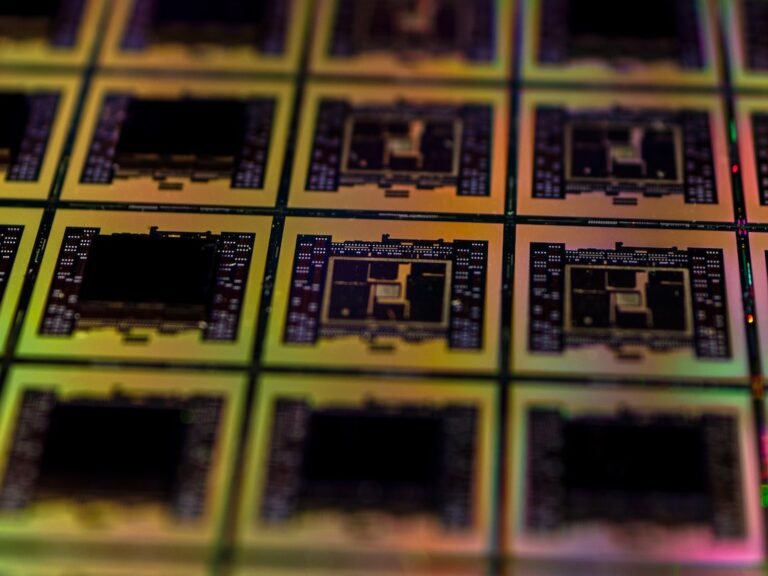Introduction
Imagine this scenario: you’re staying in a temporary living space, like a rental apartment or a hotel room, and you want to make it feel like home. You want to have all the convenience, comfort, and connectivity of a smart home. Is that even possible? Can you have a fully connected and automated temporary living space? The answer is yes, thanks to smart home connectivity in temporary spaces.
In this article, we’ll explore the world of smart home technology and how it can be seamlessly integrated into temporary living spaces. We’ll discuss the challenges and solutions for setting up a smart home in a temporary environment. From Wi-Fi connectivity to smart devices and home automation, we’ll cover everything you need to know to transform your temporary space into a connected sanctuary.
So, let’s dive in and discover the possibilities of smart home connectivity in temporary spaces!
Challenges of Smart Home Connectivity in Temporary Spaces
Before we delve into the solutions, let’s address the challenges of setting up a fully connected smart home in a temporary living space. Here are a few obstacles you might encounter:
Internet Connectivity: Temporary living spaces often come with limited or shared internet access. Slow or unreliable connections can hinder the seamless operation of your smart devices.
Physical Infrastructure Limitations: Renting an apartment or staying in a hotel room comes with restrictions on modifying the existing infrastructure. You may not be able to install new outlets, wires, or other hardware needed for a smart home setup.
Interference from Nearby Networks: In densely populated areas, multiple Wi-Fi networks can cause interference, leading to a weak or unstable internet connection for your smart devices.
- Limited Control: Traditional rental properties may not provide the necessary control features for smart home automation, like smart lighting or HVAC integration.
Now that we understand the challenges, it’s time to explore the solutions and options for smart home connectivity in temporary spaces.
Smart Home Connectivity Solutions
1. Wireless Router Setup
The foundation of a smart home in a temporary space is a reliable and secure internet connection. To achieve this, consider setting up your own wireless router. A wireless router gives you control over your network, allowing you to connect all your smart devices and ensure a stable connection.
When setting up your wireless router, follow these steps to optimize wireless connectivity:
Placement: Position the router in a central location to ensure maximum coverage throughout your living space. Avoid placing it near obstructions like metal objects or walls that can interfere with the signal.
Wi-Fi Channel Selection: Choose a less congested Wi-Fi channel to minimize interference from neighboring networks.
Wi-Fi Security: Secure your network by enabling a strong password and using WPA2 encryption. This ensures that only authorized devices can connect to your network.
For a comprehensive guide on home network setup, check out our article here.
2. Mesh Wi-Fi Systems
In some cases, a single wireless router may not provide sufficient coverage in a larger temporary living space. This is where mesh Wi-Fi systems come in. A mesh Wi-Fi system consists of multiple routers working together to create a seamless Wi-Fi network.
With a mesh Wi-Fi system, you can extend the range of your wireless network and eliminate dead zones in your temporary living space. The system’s routers communicate with each other, ensuring a smooth transition as you move around your space.
For more information on mesh Wi-Fi systems and how they can enhance your smart home connectivity, check out our article here.
3. 5G Routers for High-Speed Internet Connectivity
If you require high-speed internet connectivity in your temporary living space, consider using a 5G router. 5G technology provides ultra-fast internet speeds, allowing you to stream, download, and connect multiple devices simultaneously.
With a 5G router, you can take advantage of the growing availability of 5G networks and enjoy lightning-fast internet speeds, regardless of your temporary location. This is especially beneficial if you rely on streaming services, online gaming, or work from home.
If you’re interested in 5G routers and their benefits, check out our comprehensive buying guide here.
4. Smart Devices and Home Automation
Once you have established a reliable internet connection, it’s time to introduce smart devices and home automation into your temporary living space. Smart devices, such as smart speakers, smart thermostats, smart lighting, and smart security systems, can be easily integrated into your temporary setup.
Smart devices offer convenience, energy efficiency, and enhanced security. You can control them through voice commands or smartphone apps, making your temporary living space feel personalized and automated. Imagine adjusting the temperature, turning on the lights, and setting the ambiance, all with a simple voice command or a tap on your phone.
To ensure compatibility and ease of installation, consider investing in devices that support commonly used smart home platforms like Amazon Alexa or Google Assistant. This allows you to easily integrate and control multiple devices using a single platform or app.
5. Flexibility and Connectivity for Temporary Smart Homes
When setting up a temporary smart home, you need to consider the flexibility and portability of your devices. Look for devices and solutions that can be easily integrated into various living spaces without requiring extensive installation or modifications.
For example, you can opt for smart bulbs that don’t require rewiring or smart plugs that can be plugged into existing outlets. These solutions allow for easy removal and reinstallation in different locations, making them ideal for temporary smart homes.
Make sure to choose devices that are compatible with your wireless network and smart home platform, ensuring seamless integration and control.
Conclusion
With the advancements in smart home technology, it’s now possible to bring connectivity, convenience, and automation to temporary living spaces. By setting up a reliable wireless network, utilizing mesh Wi-Fi systems, and exploring the possibilities of 5G routers, you can ensure seamless connectivity for your smart devices.
Integrating smart devices and home automation into your temporary living space offers a personalized and convenient experience. Imagine adjusting your living environment with a simple voice command or tapping a button on your phone.
So, whether you’re staying in a rental apartment, a hotel room, or any other temporary living space, don’t let the limitations deter you from enjoying the benefits of a smart home. Embrace smart home connectivity in temporary spaces and transform your home away from home into a connected oasis.
FAQ
To help you navigate the world of smart home connectivity in temporary spaces, here are some frequently asked questions:
| Question | Answer |
|---|---|
| How can I troubleshoot Wi-Fi connectivity issues in my rental? | If you’re experiencing Wi-Fi connectivity problems, consult our comprehensive guide on router troubleshooting for troubleshooting tips and solutions. |
| Is it possible to integrate smart home devices with a rental? | Yes! Smart devices like smart speakers, thermostats, and lighting can be easily integrated into your rental without permanent modifications. Choose portable devices and wireless connectivity. |
| How can I ensure parental control in a temporary smart home? | Many smart home platforms and devices offer parental control features. Look for devices that have built-in parental control or invest in parental control routers for added security. |
| Can I use open-source router firmware in a temporary setup? | While open-source router firmware provides added flexibility and customization options, it may not be suitable for a temporary setup due to its complexity and potential compatibility issues. Consider using native firmware for ease of use. |
| What are the security considerations for temporary smart homes? | Security is essential when setting up a smart home. Ensure your devices are equipped with features like VPN router security and stay updated on best security practices for temporary smart homes. |
Further Reading
For more in-depth information on setting up a smart home in temporary spaces, check out the following resources:
These resources provide detailed insights into home network setup, wireless router security, and other valuable information to enhance your smart home connectivity experience in temporary spaces.




